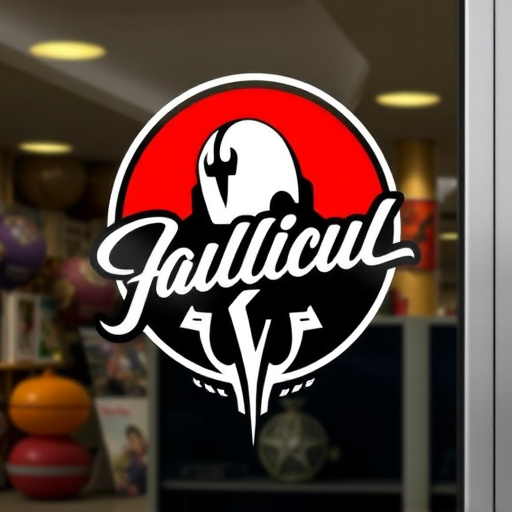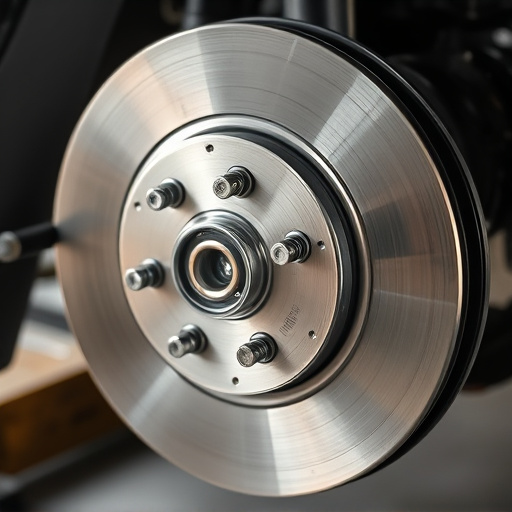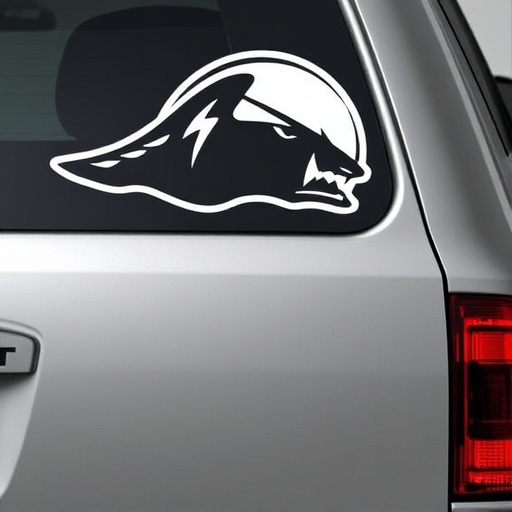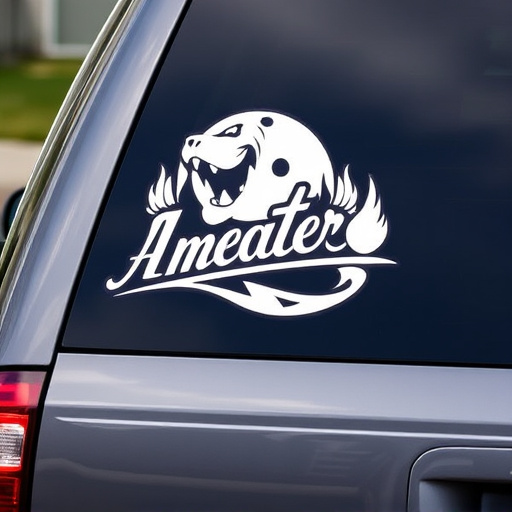In a competitive market, customer satisfaction is key to business success. To meet modern consumer expectations of seamless interactions and tailored products/services, businesses should analyze behavior, implement feedback mechanisms, and stay updated on industry trends. Innovative solutions like protective coatings or ceramic window tinting can create unique selling points. Uniform brand experience across touchpoints fosters loyalty, encourages positive word-of-mouth, and drives growth. Measuring Customer Satisfaction (CSat) through defined KPIs, surveys, and reviews is essential for evaluating the customer experience and fostering brand loyalty.
In today’s competitive market, achieving consistent customer satisfaction is not just desirable but essential for long-term success. Understanding what drives customer expectations involves a deep dive into defining satisfaction, identifying key performance indicators (KPIs), and conducting market research to set benchmarks. By implementing strategies that prioritize a customer-centric culture, enhance communication channels, and leverage data analytics and AI for personalized experiences, businesses can elevate their game. Continuous improvement through regular feedback analysis, staff training, reward systems, and adaptability to evolving trends ensures lasting customer satisfaction.
- Understanding Customer Expectations
- – Defining customer satisfaction and its importance
- – Identifying key performance indicators (KPIs) for measuring satisfaction
Understanding Customer Expectations

In today’s competitive market, understanding customer expectations is paramount for achieving and maintaining high levels of customer satisfaction. Businesses must recognize that modern consumers are well-informed, demanding, and highly vocal about their experiences. They expect seamless interactions, swift responses to queries, and products or services that meet or exceed their needs and preferences. This requires a deep dive into consumer behavior, feedback mechanisms, and the latest trends shaping industry standards.
By adopting innovative solutions like protective coatings, vinyl wraps, or ceramic window tinting, companies can enhance their offerings and create unique selling points. These add-on services not only cater to specific customer needs but also demonstrate a commitment to excellence and attention to detail. However, it’s crucial to ensure that these practices are implemented uniformly across all touchpoints to build a consistent brand experience. This holistic approach fosters loyalty and encourages positive word-of-mouth, ultimately driving business growth and success.
– Defining customer satisfaction and its importance

Customer satisfaction is a key metric that reflects how well a business meets and exceeds customer expectations. It’s more than just being happy with a product or service; it involves a deep sense of fulfillment, trust, and loyalty. In the competitive market today, where choices are abundant, ensuring consistent customer satisfaction is vital for any business’ long-term success.
A satisfied customer base not only fosters brand reputation but also drives repeat business and positive word-of-mouth referrals. Conversely, dissatisfied customers can lead to loss of sales, damage to the company’s image, and a decline in overall performance. Therefore, prioritizing and achieving consistent customer satisfaction is essential for any organization offering premium automotive services or automotive detailing, such as paint correction, to stay competitive and thrive in their industry.
– Identifying key performance indicators (KPIs) for measuring satisfaction

Measuring customer satisfaction (CSat) is a cornerstone of any successful business strategy. To achieve consistent CSat, it’s essential to define clear and actionable Key Performance Indicators (KPIs). These KPIs serve as benchmarks for evaluating customer experience across various touchpoints—from initial inquiry to post-service feedback. Start by identifying key areas where satisfaction can be assessed, such as response time, communication quality, service quality, and overall value for money. For premium automotive services like custom vehicle wraps or scratch protection, consider the unique needs of your clientele. Are they satisfied with the craftsmanship, the level of personalization, and the after-sales support?
Once defined, track these KPIs regularly using customer feedback mechanisms, surveys, and reviews. Analyze the data to identify trends, areas for improvement, and best practices that drive high CSat. For instance, if communication quality consistently ranks low, it may signal a need for more transparent and timely updates during service processes. Similarly, understanding customer preferences for premium services like custom vehicle wraps can help tailor offerings, ensuring not just satisfaction but also fostering brand loyalty.
Ensuring consistent customer satisfaction is paramount for any business aiming to thrive in a competitive market. By understanding and meeting customer expectations, as defined through key performance indicators, companies can foster loyalty and drive growth. Regularly reviewing and adapting strategies based on these metrics is essential to maintain a high level of customer satisfaction, ultimately positioning businesses for long-term success.














